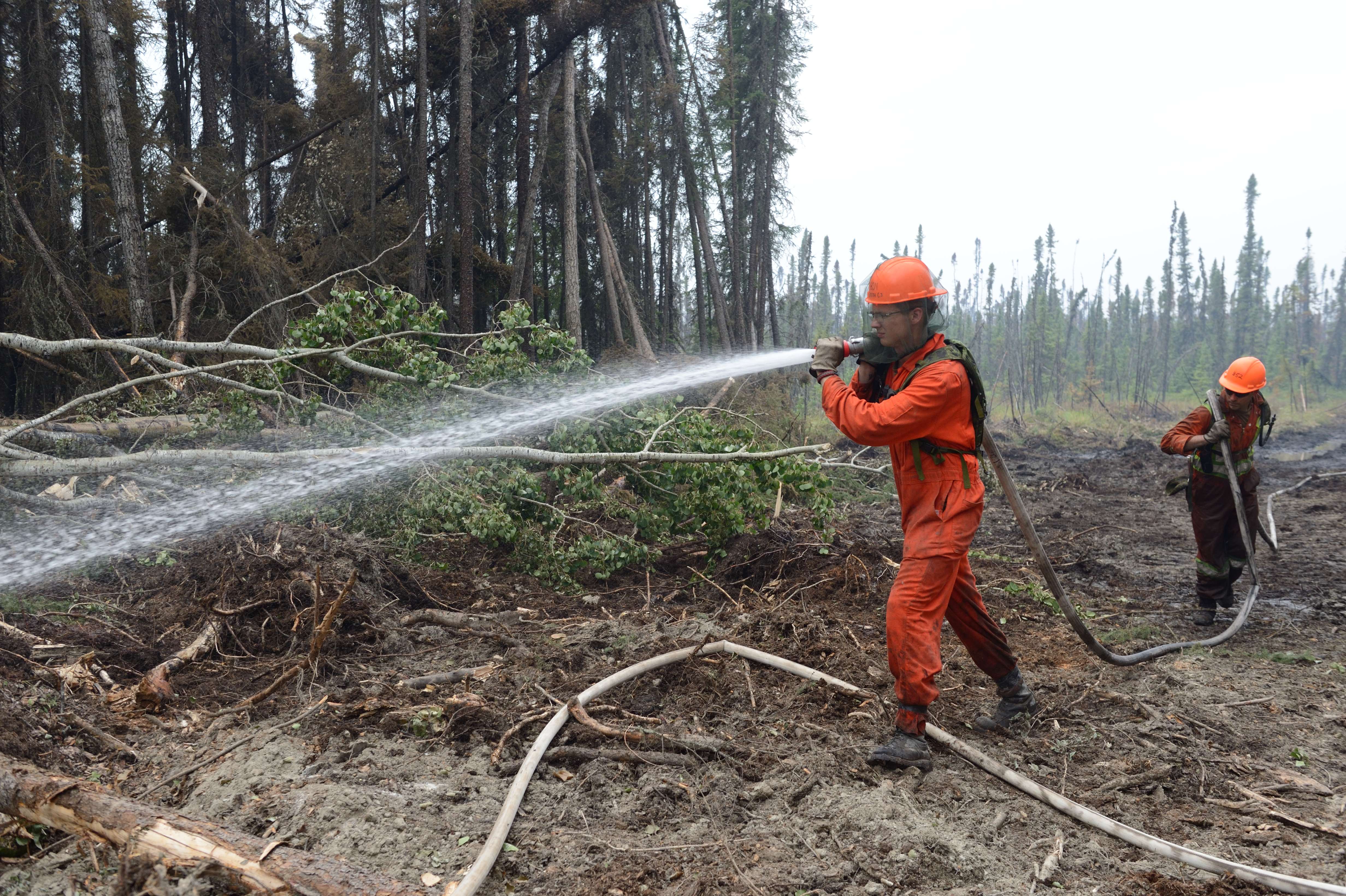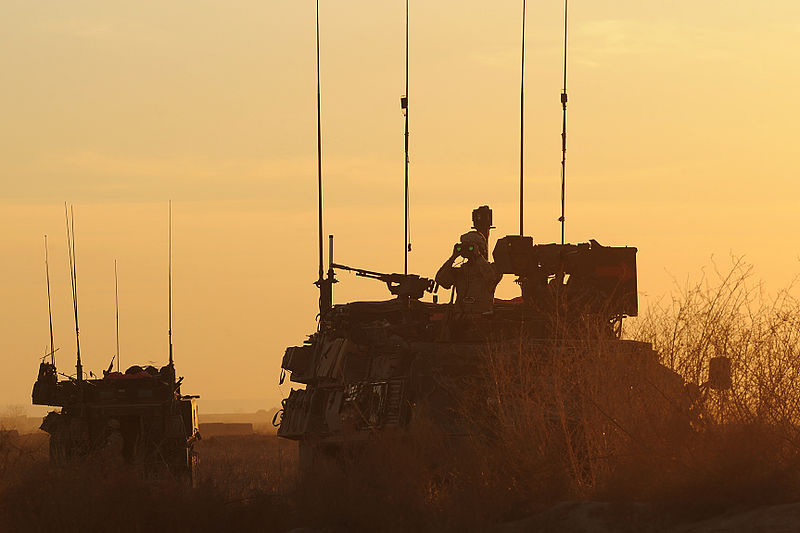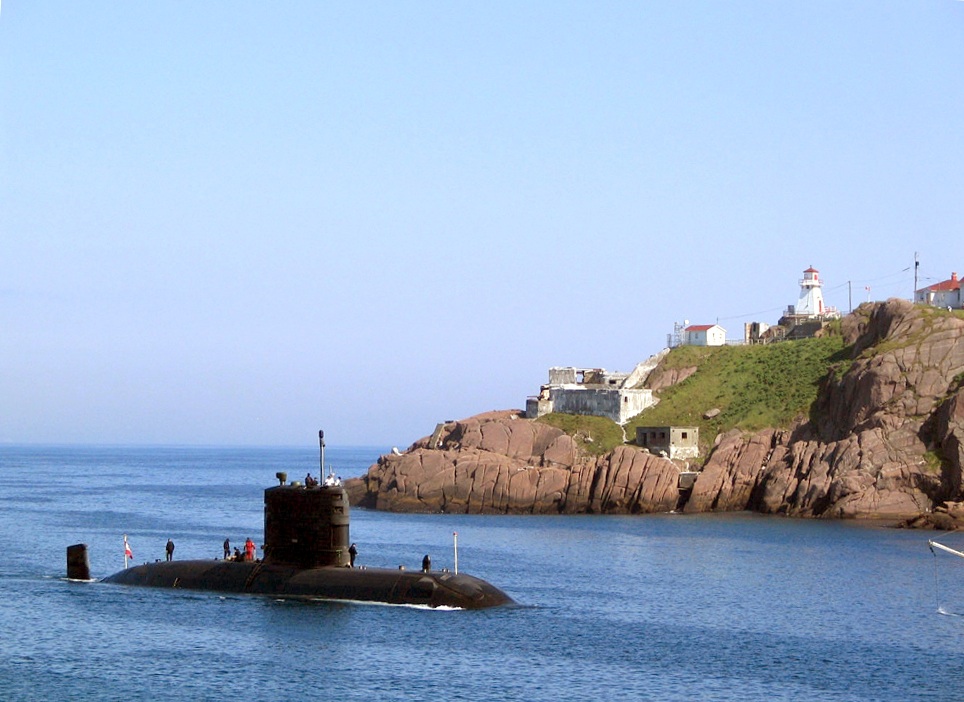When one thinks of the role of the Canadian Armed Forces (CAF) in national security, what might first come to mind are recent missions abroad, such as the training of the Afghan National Army under Operation Resolute Support or the enforcement of a no-fly zone over Libya during NATO’s 2011 Operation Unified Protector. But the Canadian military plays an increasingly significant role in firefighting. Canadian Forces Fire and Emergency Services units provide firefighting and fire prevention support on the CAF bases and aboard Royal Canadian Navy vessels, accounting for 570 soldiers and 500 civilians contracted by the Department of National Defence, but other Regular Force and Reservist personnel are receiving crash courses in firefighting in response to wildfire crises.
In early August 2003, British Columbia was overwhelmed by more than 800 separate forest fires, stretching provincial fire services to the breaking point. This prompted Operation Peregrine, CAF’s third largest domestic operation to date, and the deployment of more than 2,600 soldiers from 3rd Canadian Division over 45 days to fight back the blazes. Although the Canadian West has since then been spared a crisis of similar scale, the Canadian military continues to be called upon to support local fire services. In the summer of 2015, approximately 1,000 soldiers were again deployed from 3rd Canadian Division in response to over 100 wildfires burning across northern Saskatchewan.
Although CAF personnel have performed exceptionally well in response to these wildfire crises, it may be worthwhile for the defence planners to consider institutionalized training on firefighting for Canadian Army Reservists. Aside from basic training on the use of fire extinguishers for all new recruits, soldiers are only trained on firefighting as they are being deployed in response to a crisis. Elective training now and then for personnel with 3rd Canadian Division will serve to improve the confidence of those who may be called upon to face a summer inferno.
This depth of operational and tactical know-how will be increasingly important as fires worsen in Canada’s North. As 100 wildfires raged across northern Saskatchewan last year, the Northwest Territories contended with 35 separate wildfires and was forced to shut down its major highways. Meanwhile, Yukon Territory suffered a particularly bad summer; 123 forest fires broke out in 2015 compared to 32 in 2014. Even Alberta was not spared from the flames, facing 126 wildfires, 27 of which proved especially difficult to control. There is certainly much need for discussion on climate change adaptation practices and technologies, and such an exchange is envisioned in a Memorandum of Understanding signed in early February 2016 by Jim Carr, Canada’s Minister of Natural Resources, and his American and Mexican counterparts. But outcomes from that exchange and others will take some time to realize.
In the meantime, record high temperatures and low rainfall on the Prairies and in Canada’s North will ensure that firefighting is a major area for CAF. Just as Canadian soldiers were well-prepared to face threats in Afghanistan, they must be equipped to fight the wildfires of coming Canadian summers.




